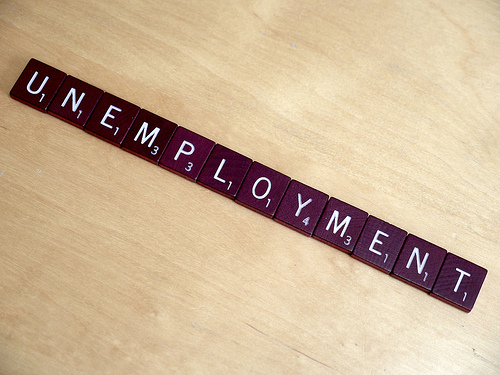The last two months is reminiscent of the semester I spent in London, when talk of the weather seemed to assume an outsized importance in all conversations. Even Fed Chair Janet Yellen had to bow to Mother Nature during her semi-annual testimony before the Senate Banking Committee last week, which of course was delayed due to…weather. “Mr. Chairman, let me add as an aside that since my appearance before the House committee, a number of data releases have pointed to softer spending than many analysts had expected. Part of that softness may reflect adverse weather conditions, but at this point, it's difficult to discern exactly how much.” Economists say that some, although not all, of the recent slowdown in job growth is due to the run of unusually bad weather. Over the past three months, the economy has added an average of 154,000 positions each month, 40,000 fewer than the 2013 monthly average. Bad weather could also impact the February results, because the Southeast and Northeast were hit by more heavy snowstorms in the week that the BLS conducted its survey, which is why analysts expect that just 150,000 jobs were created and that the unemployment rate will remain at a five-year low of 6.6 percent.
If weather really is the culprit, then a spring thaw should help the employment recovery. But nearly five years after the end of the recession, there are still almost 300,000 fewer private sector jobs now than when the recession started in 2007, according to Calculated Risk. With corporate profits and stock markets soaring, why is it taking so long for jobs to snap back? Henry Blodgett of Business Insider has a theory: “Because American companies and their owners are greedier now than at any time in history.”
Despite the over-the-top headline, Blodgett has a point. He notes that just as corporate profits hit another all time high, companies are paying employees less than they ever have as a share of GDP. That gibes with research that has shown that the spoils of the recovery have gone disproportionately to wealthy Americans, who coincidently own stocks in much great proportion than everyone else. As a result, the top 1 percent captured 95 percent of the income gains in the first three years of the recovery.
So when does this trend return to more historic averages? That’s the magic question that I posed to a number of economists last week, all of whom gave me the same response as my favorite weather pals, when I ask when the spring thaw is coming: “Hopefully, soon.”
MARKETS: February was a strong month for stocks, putting talk of a correction on the back burner, at least for now.
- DJIA: 16,321, up 1.4% on week, up 4% on month, down 1.5% YTD
- S&P 500: 1859, up 1.3% on week, up 4.3% on month, up 0.6% YTD
- NASDAQ: 4308, up 1% on week, up 5% on month, up 3.1% YTD
- 10-Year Treasury yield: 2.66% (from 2.73% a week ago)
- Apr Crude Oil: $102.59, up 0.4% on week
- April Gold: 1321.60, down 0.2% on week
- AAA Nat'l average price for gallon of regular Gas: $3.45 (from $3.77 a year ago)
THE WEEK AHEAD: Monthly automobile sales are expected to come in at a seasonally adjusted annual rate of 15.3 million units, about the same as last year. While bad weather may slow down sales during these early winter months, those purchases are likely to be delayed a couple of months, leading many to forecast a strong spring.
Mon 3/3:
Motor Vehicle Sales
8:30 Personal Income and Spending
10:00 ISM Mfg Index
10:00 Construction Spending
Tues 3/4:
President Obama releases fiscal 2015 budget proposal
Weds 3/5:
8:15 ADP Private Employment Report
10:00 ISM Non-Mfg Index
2:00 Fed Beige Book
Thurs 3/6:
7:30 Challenger Gray Job Cuts
8:30 Weekly Jobless Claims
8:30 Productivity
10:00 Factory Orders
12:00 Q4 Flow of Funds
Former Federal Reserve Chairman Ben Bernanke will be deposed in conjunction with a lawsuit about the 2008 government bailout of AIG
Fri 3/7:
8:30 February Employment
8:30 International Trade
3:00 Consumer Credit
![Jill on Money [ Archive]](http://images.squarespace-cdn.com/content/v1/59efbd48d7bdce7ee2a7d0c4/1510342916024-TI455WZNZ88VUH2XYCA6/JOM+Blue+and+White.png?format=1500w)









